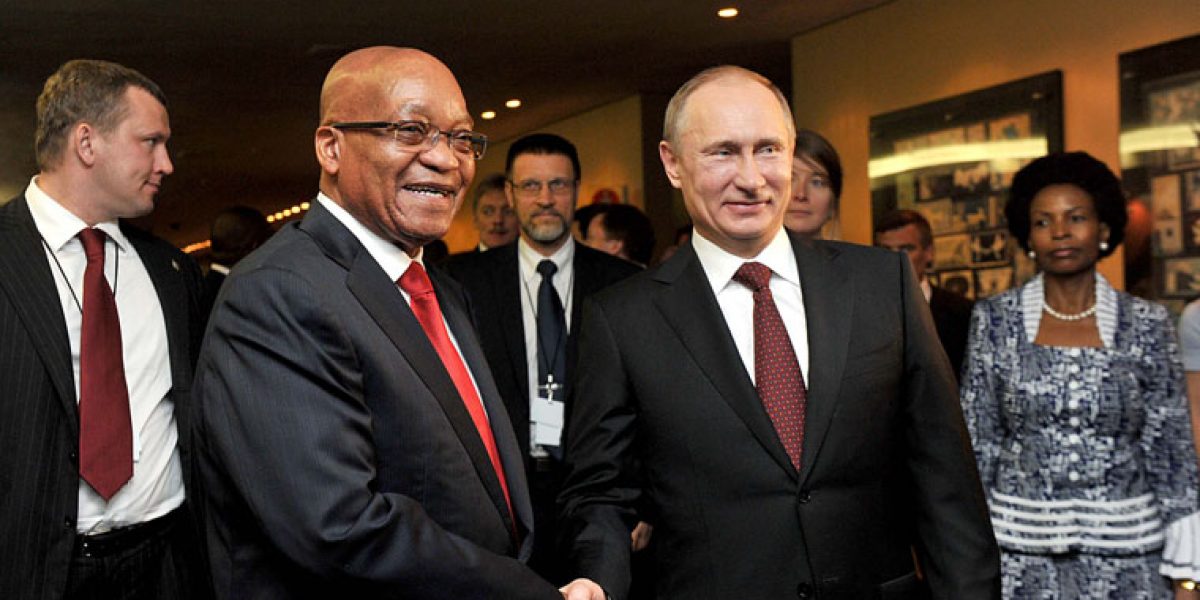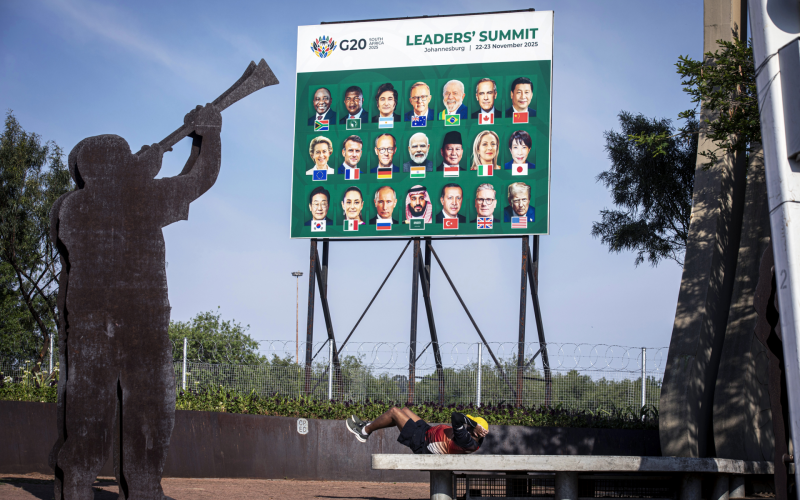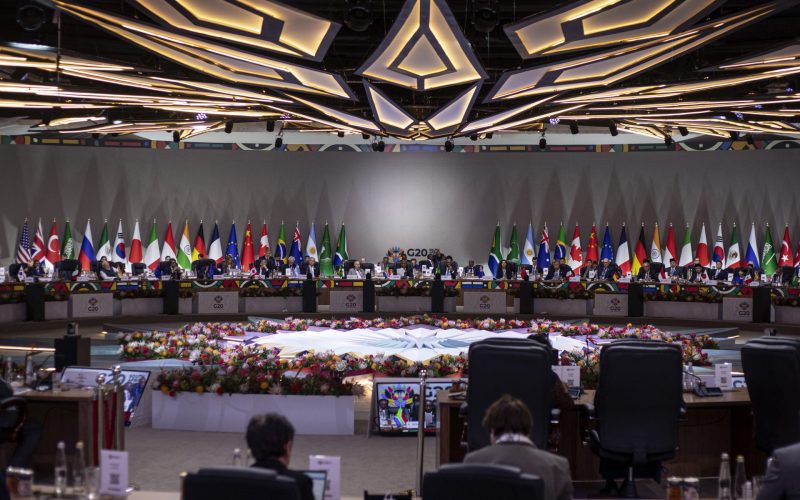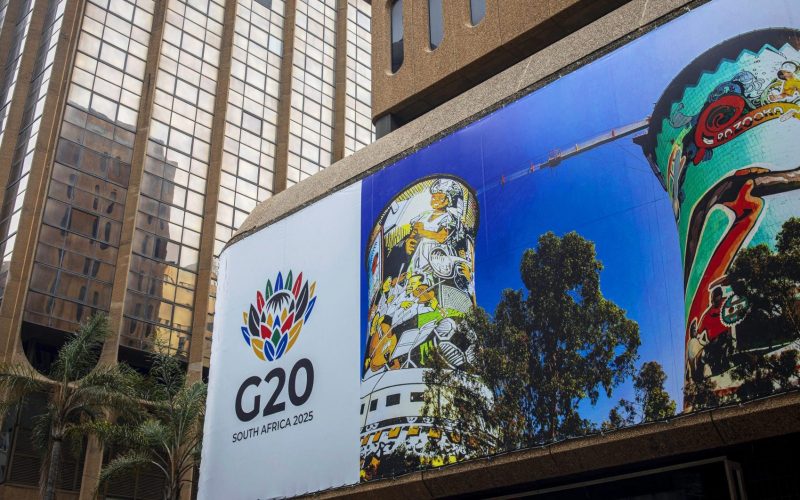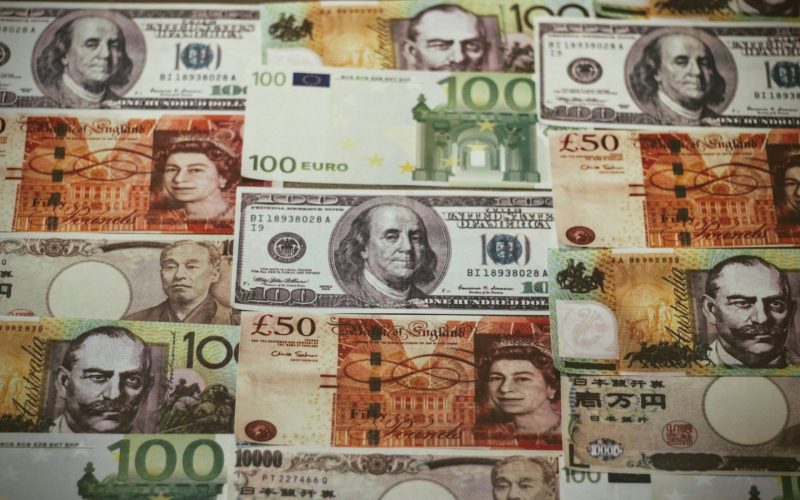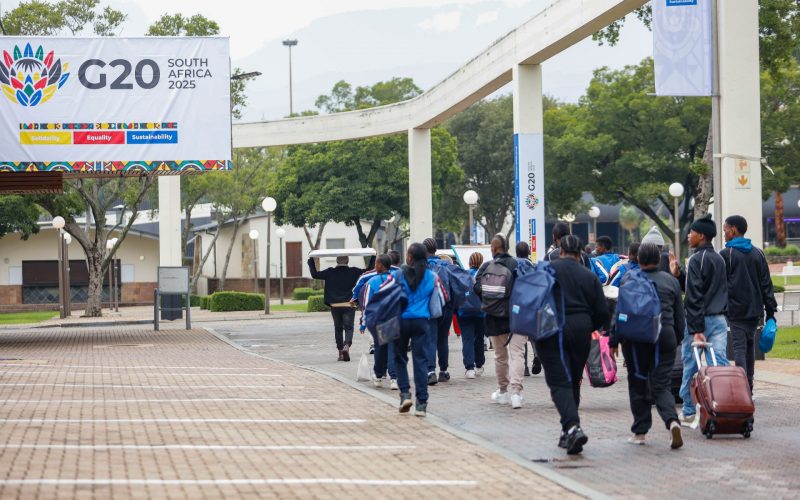It is important to define the path best suited for the fruitful development of a bilateral partnership between Russia and South Africa. However, in order to do so it is essential to first understand the history and nature of Russia–South Africa relations. This includes identifying the main mechanisms of bilateral relations employed by both countries, and the kind of challenges and opportunities that would help to enhance their bilateral partnership.
At the start of the 1990s both Russia and South Africa were undergoing radical changes that strongly influenced relations between the two countries. During his visit to Pretoria on 28 February 1992, Russian foreign minister, Andrei Kozyrev, signed a joint statement on establishing diplomatic relations. In June 1992 an official visit to Russia by President Frederik Willem de Klerk took place, Nelson Mandela was not received at the time, although a national hero and icon of freedom for the South African people.
A new stage of development in bilateral relations began with a visit to Moscow by Deputy President Thabo Mbeki on November 1998, followed by President Mandela in April 1999. During his visit Mandela signed the Declaration on Principles of Friendly Relations and Partnership between Russia and South Africa. Although the text of the Treaty of Friendship and Partnership, based on the Declaration, was initialled in 2000, the signing only took place six years later, during the visit of President Vladimir Putin to South Africa on 5–6 September 2006, the first visit of the Russian head of state to Africa south of the Sahara. A number of intergovernmental agreements and contractual documents between large companies of both countries were also signed during the visit.

